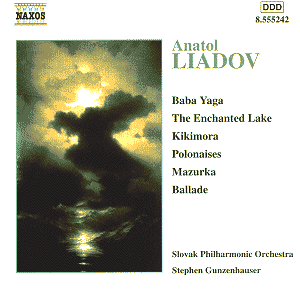 Composer: Johann Sebastian Bach
Composer: Johann Sebastian Bach
Works: Music for Oboe and Harpsichord: Sonata in G minor, BWV 1030b; Sonata in C major, BWV 103; Sonata in G minor, BWV 102; Prelude and Fugue in C minor, BWV 871; Sonata in E♭ major, BWV 1031; Trio Sonata in C major, BWV 521
Performers: Gail Hennessy, oboe; Nicholas Parle, harpsichord
Recording: December 2000, St. Andrew’s Church, Toddington, Gloucestershire
Label: Signum SIGCD034
The music of Johann Sebastian Bach continues to resonate across the centuries, embodying a mastery of counterpoint and emotional depth that remains unparalleled. In this recording of works for oboe and harpsichord, the selection offers a fascinating glimpse into Bach’s chamber music, showcasing pieces that, while predominantly arranged for these instruments, reflect a rich tapestry of Baroque musicality. The disc features not only the well-known sonatas but also the Prelude and Fugue from the Well-Tempered Clavier, revealing Bach’s ingenious interplay of voices, even when adapted for oboe.
Gail Hennessy’s interpretation of the G minor Sonata, BWV 1030b, stands out as a particularly ambitious endeavor, as this work, originally composed for flute, is a formidable showcase of technical skill and expressive depth. Hennessy navigates the intricate passages with a commendable agility, yet the challenge of adapting a flute sonata for oboe raises questions about the instrument’s inherent qualities. The oboe’s timbre, especially in the upper register, can sometimes verge on harshness, a characteristic that was notably present during the more forceful sections of the sonata. This is particularly evident in the Presto movement, where the potential for a more lyrical line was often overshadowed by an abrasive edge.
Nicholas Parle’s harpsichord provides a solid, if somewhat subdued, foundation for Hennessy’s performance. The engineering of the recording, however, presents a significant obstacle. The harpsichord often recedes into the background, diminishing its role as a crucial voice in the polyphonic textures. This imbalance is glaring in the Trio Sonata, BWV 521, where the harpsichord’s contribution as one of the three voices is crucial. The recording choices have unfortunately led to a sonic landscape where the interplay between the instruments loses its vibrant clarity, resulting in a less engaging listening experience.
When considering Hennessy’s approach to the Sonata in C major, BWV 103, the decision to present it without the basso continuo is intriguing. While it is posited that Bach may have envisioned this work as an unaccompanied piece, the absence of the harpsichord in the continuo role places an added burden on the oboe to carry the harmonic and melodic weight. Hennessy manages to convey the work’s buoyancy, yet the oboe’s limitations in solo passages become apparent. The Siciliana movement particularly suffers from a lack of tonal warmth, as the oboe’s voice seems strained in its effort to maintain lyrical fluidity without the harmonic support.
Despite these performance concerns, the selection of repertoire is commendable and offers a diverse exploration of Bach’s oeuvre. The Prelude and Fugue in C minor, BWV 871, though not originally for oboe, provides a profound insight into Bach’s contrapuntal genius. Hennessy’s skill in navigating the fugue’s intertwining lines demonstrates a commendable understanding of Bach’s stylistic intricacies, yet even here, the oboe’s sound occasionally falters under the weight of the complexity.
The recording ultimately struggles with its engineering choices, which have resulted in an unsatisfying sonic balance. The harpsichord, an essential counterpoint to the oboe, too often remains in the shadows, robbing the performance of its intended depth and richness. While Hennessy and Parle’s interpretations offer moments of genuine musical insight, they are hindered by the recording’s technical shortcomings. Recommendations for this disc, therefore, must be tempered; while it presents an interesting perspective on Bach’s music through the lens of oboe and harpsichord, it lacks the cohesive clarity necessary for a fully engaging experience.



